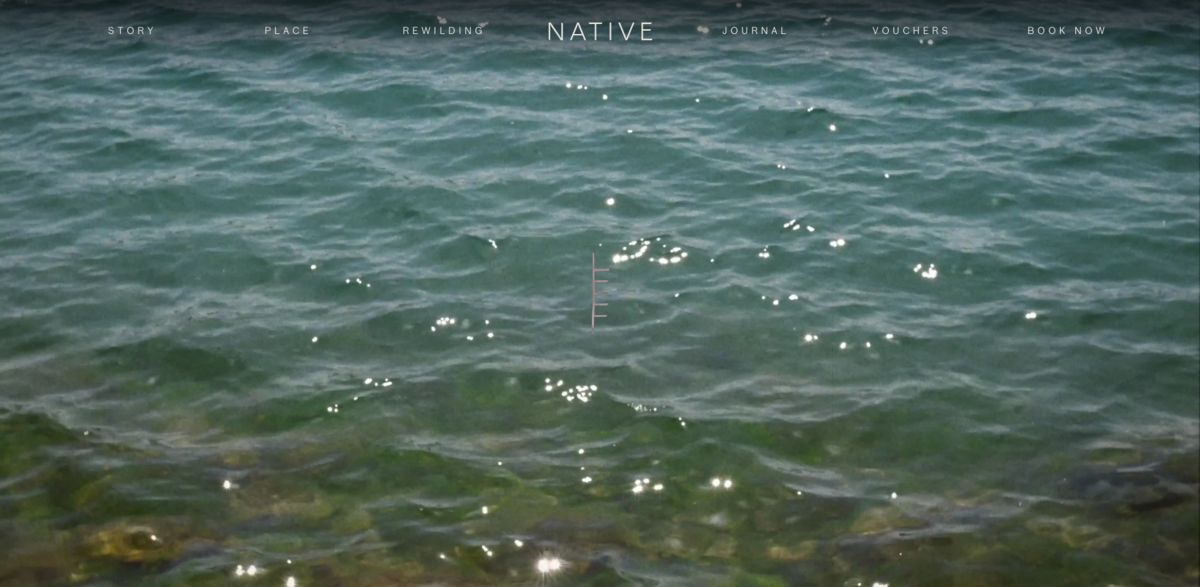What is Native Ballydehob?
Native Ballydehob offers beautiful accommodation right on the edge of Ireland, nestled in the wilds of West Cork. It’s a unique spot—next to the sea and surrounded by the rugged Irish landscape, yet smack dab in the centre of village life. Think pubs, music, great food… all the good stuff that makes a place feel alive. But Native isn’t just about a place to stay. It’s an ambitious rewilding project, too. The idea? To regenerate the environment through tourism, not deplete it. A fresh take on how travel and nature can coexist.
The Main Benefit: A Regenerative Business Model
Native Ballydehob is built on a regenerative business model, which means it’s not just about sustainability—it’s about giving back. Here are some key figures and facts that highlight this approach:
- 20% of profits are pledged to finance a local rewilding project
- Investment goes into planting native trees like Willow, Birch, Oak, Ash, Holly, and Scots pine
- Efforts include eradicating invasive species to protect native ecology
- Education programs to raise awareness about nature and conservation
- Designed around existing trees and shrubs to preserve local ecology
The Founders and Their Vision
Native was founded by Didi and Simon in West Cork. Simon, a landscape architect, was inspired to create a hotel where the landscape isn’t just a backdrop but the heart of the design, the experience, and the mission. Together, they dreamed up a regenerative business model that goes beyond just “being green.” It’s an experiment, really. Can a hotel offer guests a high-end experience while also having a net positive environmental impact? The answer they’re exploring is rewilding—a humble, natural process of ecological conservation that lets nature take the lead.
The Location and Its History
Native Ballydehob found its home on an old dairy farm right in the centre of Ballydehob village. The farm was last worked in the 1980s and then left to overgrow for about 30 years. Today, nature is thriving there with beautiful wild-seeded trees like Willow, Birch, Oak, Ash, Holly, and mature Scots pine. Locals recall the farmhouse’s past as a lively spot famous for late-night Céilís—traditional Irish dances, full of craic and good times. That spirit of community and celebration still feels alive in the air.
Design Philosophy and Execution
The design was carried out by Simon’s studio, SRLA. Driven by local ecology, the masterplan was carefully crafted around the existing trees and shrubs, focusing on native species. The structures are light-footed and made from natural materials, with spaces and views curated so the landscape can truly shine. It’s a design that respects and highlights the wild beauty of West Cork, rather than overpowering it.
Environmental and Social Impact
- Supports SDG 13: Climate Action through ecological conservation
- Promotes SDG 15: Life on Land by planting native trees and eradicating invasive species
- Encourages SDG 12: Responsible Consumption and Production with a regenerative business model
- Fosters SDG 11: Sustainable Cities and Communities by integrating with village life
- Advances SDG 4: Quality Education through nature education programs
Why Native Ballydehob Matters
Native Ballydehob isn’t just a hotel or a rewilding project—it’s a bold experiment in how tourism can be a force for good. It challenges the usual narrative that travel harms the environment and instead shows that with care, creativity, and commitment, tourism can help regenerate wild nature. It’s a place where guests don’t just visit—they become part of a bigger story, one that celebrates Irish design, local culture, and the healing power of nature. And in a world that’s craving solutions, that’s pretty inspiring.





















